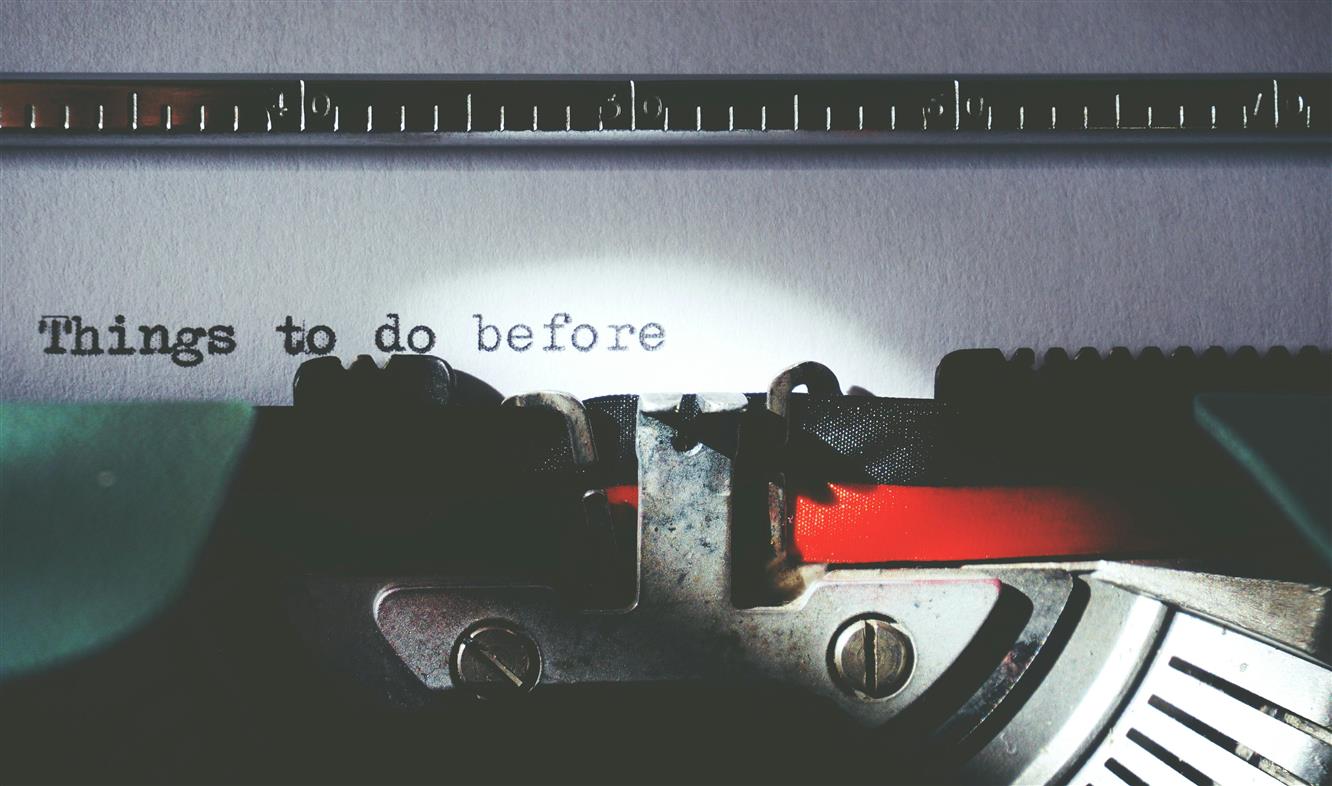
Once a rite of passage for the ambitious and the dreamers, the bucket list—a catalog of once-in-a-lifetime goals and experiences to chase before death—has lost some of its luster. Not because people no longer aspire to do great things, but because the very idea of waiting for “someday” has begun to feel outdated, even risky.
In a post-pandemic world where uncertainty has become more visible and timelines less predictable, a cultural shift is quietly taking root. More and more people are abandoning the notion of deferred dreams and leaning into a life that values immediacy, presence, and everyday meaning. The bucket list, once romanticized as a map for future fulfillment, now seems out of step with the way many are choosing to live: in the now.

The Rise and Stall of the Bucket List Mentality
The bucket list as a concept gained mainstream popularity in the early 2000s, especially following the release of the 2007 film The Bucket List. It struck a cultural nerve: the idea that life was a finite adventure and that certain experiences—skydiving, seeing the Northern Lights, writing a novel—were essential before time ran out. Social media only accelerated this thinking, turning travel, personal milestones, and achievements into shareable trophies.
But beneath the surface, the bucket list was often a proxy for control. In a world full of chaos, making a list gave people a sense of direction, a promise that with the right planning and resources, joy could be scheduled like a vacation. It was a narrative that suggested meaning could be stockpiled for later.
Then, “later” started to look less reliable.
A Global Pause That Rewrote Priorities
The COVID-19 pandemic disrupted plans across the globe. Weddings were postponed. Trips were canceled. Illness and loss made the fragility of life feel more real. Suddenly, putting things off until retirement—or even until next year—seemed like a gamble. In that context, the idea of delaying joy or waiting for ideal circumstances lost some of its appeal.
This wasn’t just a logistical shift. It was psychological. People began asking deeper questions: What have I been waiting for? Who was I planning that trip for? If I never get to do that “one big thing,” will my life be less complete?
Out of this period of collective uncertainty emerged a new way of looking at time—not as a bank account to draw from sparingly, but as something to be experienced more fully, moment to moment.
The Movement Toward Micro-Meaning
Replacing bucket lists is a more fluid, present-focused approach to living. It doesn’t ignore ambition, but it no longer places fulfillment only in distant goals. Instead, it emphasizes smaller, intentional choices that make daily life feel more aligned and more meaningful.
This shift can be seen in the rise of practices like slow living, mindfulness, and minimalism. People are investing more in their routines—morning coffee rituals, evening walks, or digital detox weekends—not because these things are impressive, but because they are grounding. The joy once saved for a special trip abroad is now being found in making bread from scratch or spending uninterrupted time with a friend.
Social media has adapted, too. While photos from Machu Picchu or Bali still get likes, there’s growing interest in content that feels more accessible, more honest. Home gardens, local hikes, and creative hobbies have become just as aspirational as international travel. In short, lifestyle has become less about “peak moments” and more about rhythm.
Redefining What Counts as “A Life Well Lived”
The problem with bucket lists was never the desire to live fully. It was the pressure to make that fullness look a certain way—often expensive, photogenic, and time-consuming. Climbing Kilimanjaro or seeing the Great Wall are incredible goals, but they aren’t the only paths to meaning. For many, they were also not feasible due to cost, health, or time constraints. Yet, because they were on some cultural master list of significance, people felt lacking if they couldn’t get there.
The newer mindset takes a broader view. It suggests that connection, creativity, peace, and purpose don’t need to be delayed until retirement or tied to far-off dreams. They can be cultivated in real time. A meaningful life isn’t necessarily built from one-off spectacles but from how we move through ordinary days.
There’s also a growing understanding that chasing a list can become a distraction. People who are constantly focused on the next big thing often miss the value of what’s right in front of them. The moment becomes a stepping stone rather than a destination.
How Brands and Culture Are Responding
This philosophical shift hasn’t gone unnoticed by businesses and marketers. Travel companies are seeing increased demand for flexible, last-minute trips rather than long-term, bucket-list excursions. People are choosing short weekend retreats over epic month-long adventures—especially if those trips involve less hassle and more personal meaning.
Even the wellness industry has shifted focus. Once dominated by “transformational” experiences, it’s now equally invested in helping people create spaces of calm and joy in their daily lives—whether through better sleep, deeper relationships, or simpler pleasures.
Retailers are moving away from “trophy purchases” and toward items that enhance daily living. A beautiful mug, a great pair of walking shoes, or a good lamp may now feel more like investments in happiness than a status symbol ever could.
Living Without the Checklist
Of course, this doesn’t mean people no longer dream or plan. Goals still matter. Ambitions still drive many of us forward. But the cultural narrative is changing. It’s less about “doing it all before you die” and more about “being fully alive while you’re doing anything.”
Some are even choosing to intentionally burn or delete their bucket lists, not in cynicism, but in liberation. They’re rejecting the idea that life needs to be quantified by highlights and instead embracing the unpredictability and richness of the everyday.
In its place is a quieter, slower, more flexible form of aspiration. Instead of skydiving at 60, it might look like learning how to cook a meal that reminds you of your childhood. Instead of saving for one perfect trip, it could be saying yes to small adventures when they come. Instead of chasing legacy, it might be building relationships with people who see and value you today.

Conclusion
The end of the bucket list doesn’t mean giving up on big dreams. It means we’re waking up to the fact that life is not a checklist—it’s a texture, a feeling, a way of paying attention. In a time when so much feels uncertain, this mindset offers something deeply grounding: permission to live now, not later.
And maybe that’s the most important item we can ever cross off any list.
4o



